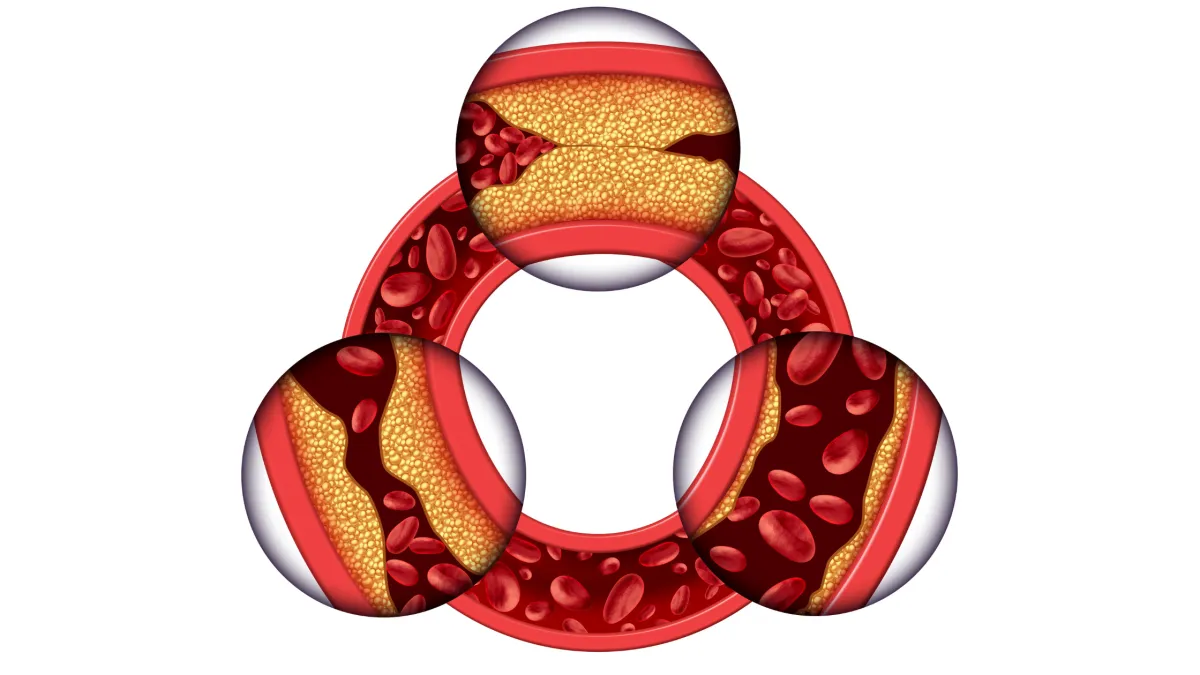
heart fit blog
Leaders in Cardiac Prevention and Rehabilitation since 2007, our clinicians assist you in assessing your heart attack and stroke risk.
DIAMOND FERNANDES FOUNDEr
Leaders in Cardiac Prevention and Rehabilitation since 2007,
our clinicians assist you in assessing your heart attack and stroke risk.
DIAMOND FERNANDES FOUNDEr
Leaders in Cardiac Prevention and Rehabilitation since 2007,
our clinicians assist you in assessing your heart attack and stroke risk.
heart
fit blog
Leaders in Cardiac Prevention and Rehabilitation since 2007, our clinicians assist you in assessing your heart attack and stroke risk.

THE TOP MYTHS ABOUT CORONARY ARTERY DISEASE
My wife asked me to call a plumber as the plumbing in our kitchen sink was not up to par. The plumber came and fixed the problem. He snaked the drain and cleaned out the clog. Although the image of a heart artery as a kitchen pipe clogged with grease and fat is simple – and familiar – it is also WRONG! How do we change this thinking, even cardiologists themselves see themselves as plumbers?

A patient came to see me the other day. No heart attack but just a routine investigation, and the cardiologist found a blockage. The cardiologist explained the problem to the patient. “We seem to have a blockage… I am going to open those pipes and you will feel great, please sign here.” Once the cardiologist finished what he was doing, he saw the patient after. “I fixed the clog, put a snake inside your artery, and you are all clean… good to go.”
Cardiologists are not plumbers. They are medical doctors who have gone to school to learn about the anatomy of a very important muscle, the heart. Yet this misconception of them as medical plumbers lingers down from one cardiologist to another, influencing their practices and what they say to patients.
No disrespect to a plumber; it is a very important profession. But to the cardiologists who feel they are plumbers, you are not. I bet many cardiologists do not even know how to use a plunger… I know I don’t. The schooling of a plumber is a couple of years, then apprenticeship for 2 or more years. A cardiologist must have an undergraduate degree (4 years), then medical school (4 years), Internal Medicine residency (3 years), then cardiology fellowship (3 years), plus a specialized training.
When a cardiologist comes to you and says, “Your arteries are clogged. Do you want me to open them up?”, it is easy to tell a patient who has no medical training that they have a blockage, “let me open it up.” Even if you put it that way, who would say no. The research (COURAGE, ORBITA trials) is showing different now as to when cardiologists should open up a blockage. There is a time and place for cardiologist to act like plumbers.
So, why do cardiologists see themselves as plumbers? It’s an embedded misconception in an outdated model that has been around for years, accepted by patients and physicians. It is hard to change the old accepted model.
The science is showing there is a time and place to open-up blockages – like plumbers – and that is what I will cover in the next blog post.
Diamond Fernandes
Director of Heart Fit Clinic
Author of Beating Heart Disease

THE TOP MYTHS ABOUT CORONARY ARTERY DISEASE
My wife asked me to call a plumber as the plumbing in our kitchen sink was not up to par. The plumber came and fixed the problem. He snaked the drain and cleaned out the clog. Although the image of a heart artery as a kitchen pipe clogged with grease and fat is simple – and familiar – it is also WRONG! How do we change this thinking, even cardiologists themselves see themselves as plumbers?

A patient came to see me the other day. No heart attack but just a routine investigation, and the cardiologist found a blockage. The cardiologist explained the problem to the patient. “We seem to have a blockage… I am going to open those pipes and you will feel great, please sign here.” Once the cardiologist finished what he was doing, he saw the patient after. “I fixed the clog, put a snake inside your artery, and you are all clean… good to go.”
Cardiologists are not plumbers. They are medical doctors who have gone to school to learn about the anatomy of a very important muscle, the heart. Yet this misconception of them as medical plumbers lingers down from one cardiologist to another, influencing their practices and what they say to patients.
No disrespect to a plumber; it is a very important profession. But to the cardiologists who feel they are plumbers, you are not. I bet many cardiologists do not even know how to use a plunger… I know I don’t. The schooling of a plumber is a couple of years, then apprenticeship for 2 or more years. A cardiologist must have an undergraduate degree (4 years), then medical school (4 years), Internal Medicine residency (3 years), then cardiology fellowship (3 years), plus a specialized training.
When a cardiologist comes to you and says, “Your arteries are clogged. Do you want me to open them up?”, it is easy to tell a patient who has no medical training that they have a blockage, “let me open it up.” Even if you put it that way, who would say no. The research (COURAGE, ORBITA trials) is showing different now as to when cardiologists should open up a blockage. There is a time and place for cardiologist to act like plumbers.
So, why do cardiologists see themselves as plumbers? It’s an embedded misconception in an outdated model that has been around for years, accepted by patients and physicians. It is hard to change the old accepted model.
The science is showing there is a time and place to open-up blockages – like plumbers – and that is what I will cover in the next blog post.
Diamond Fernandes
Director of Heart Fit Clinic
Author of Beating Heart Disease
DIAMOND FERNANDES FOUNDEr
Leaders in Cardiac Prevention and Rehabilitation since 2007, our clinicians assist you in assessing your heart attack and stroke risk.

